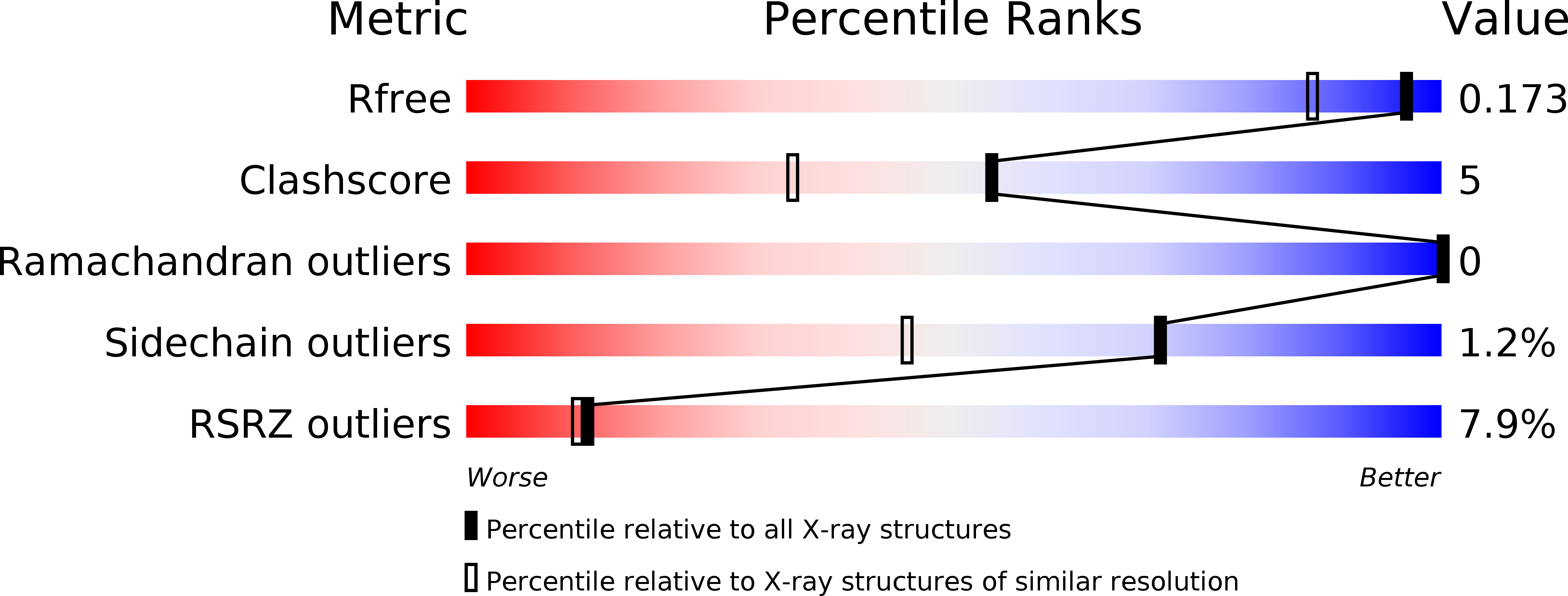
Deposition Date
2019-11-14
Release Date
2019-11-27
Last Version Date
2024-11-20
Entry Detail
PDB ID:
6UYP
Keywords:
Title:
Crystal structure of K39-acetylated SUMO1 in complex with PML-SIM
Biological Source:
Source Organism:
Homo sapiens (Taxon ID: 9606)
Host Organism:
Method Details:
Experimental Method:
Resolution:
1.42 Å
R-Value Free:
0.17
R-Value Work:
0.15
R-Value Observed:
0.15
Space Group:
P 21 21 21


